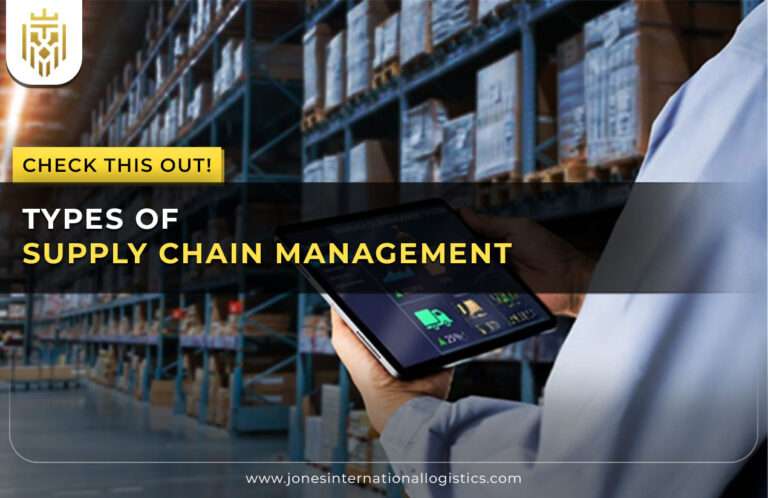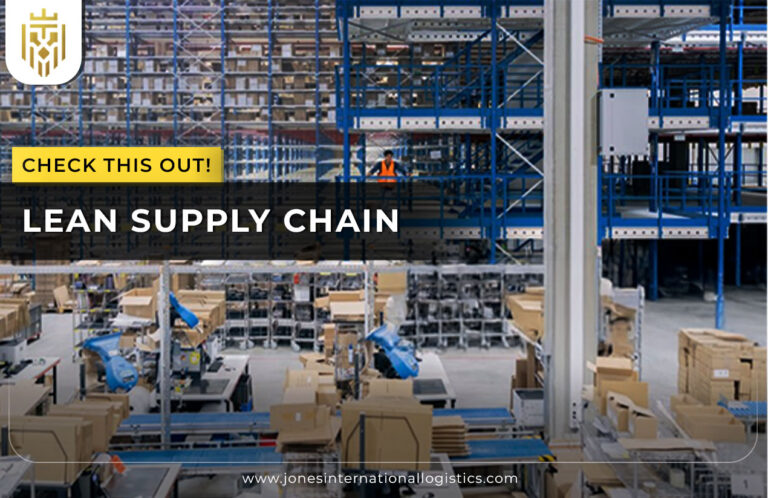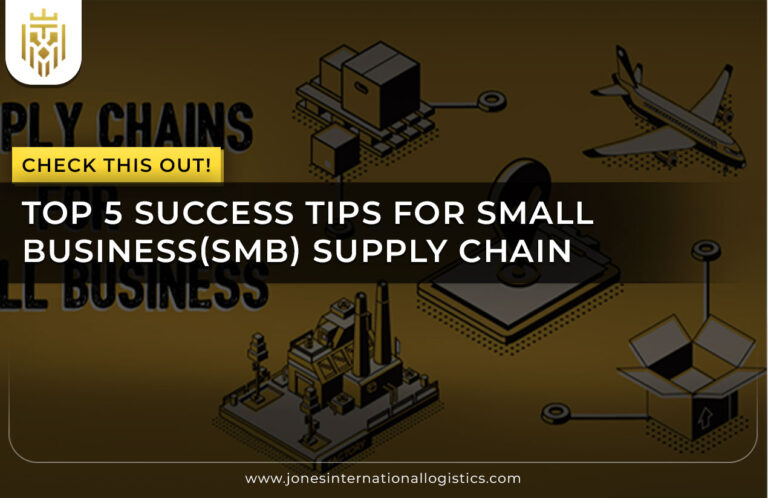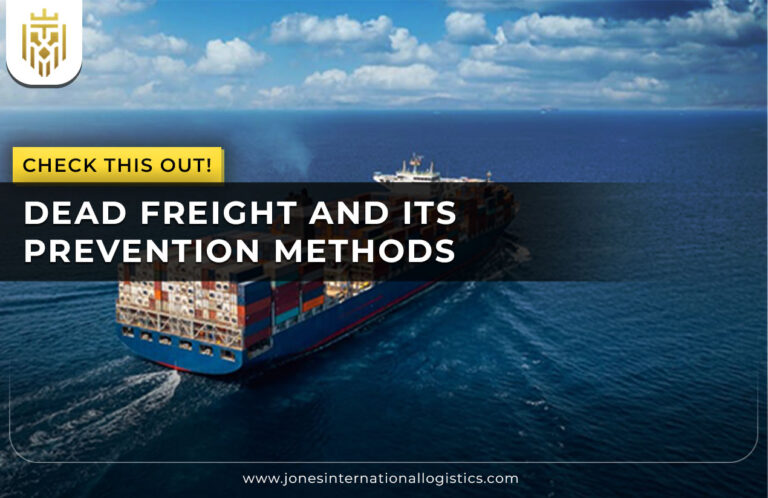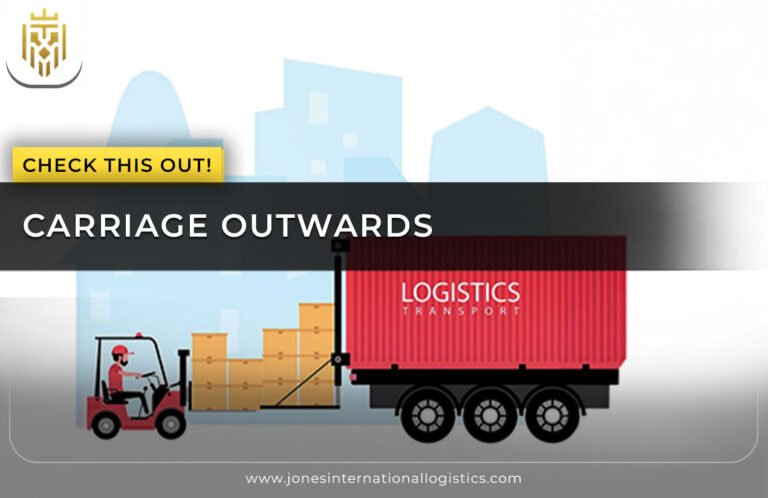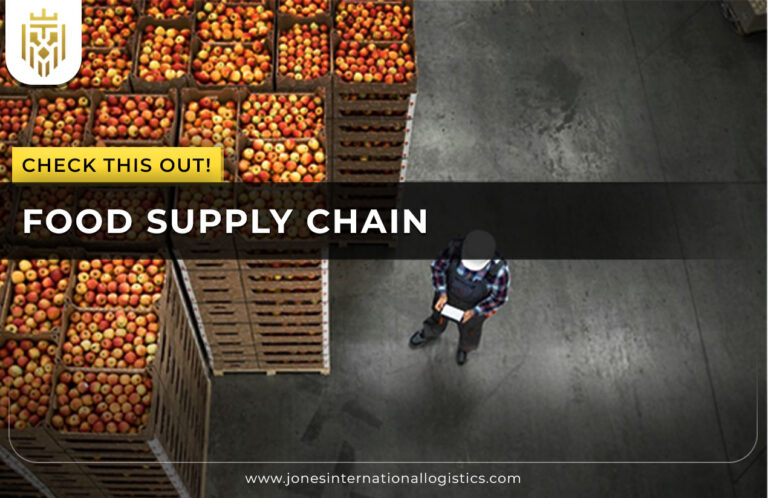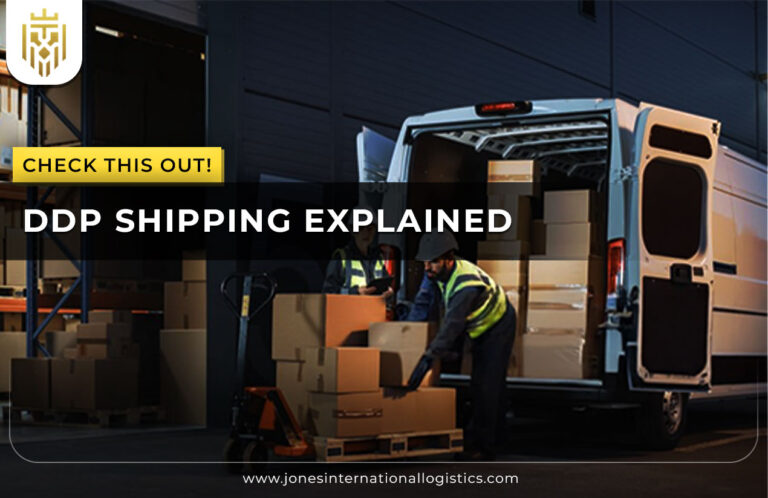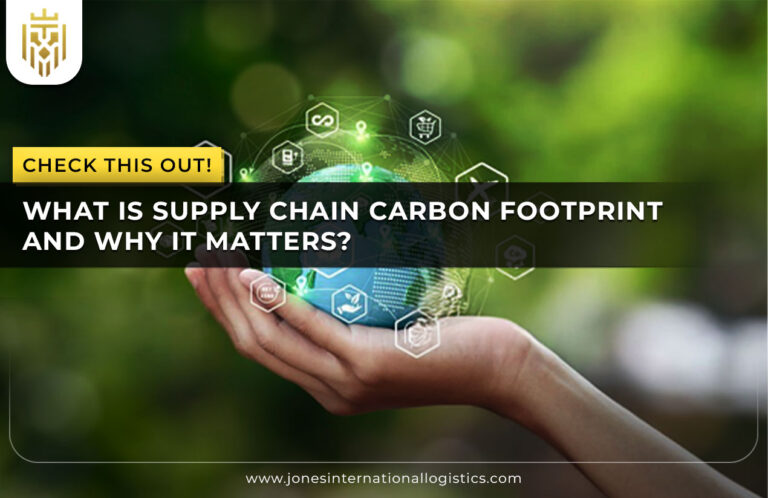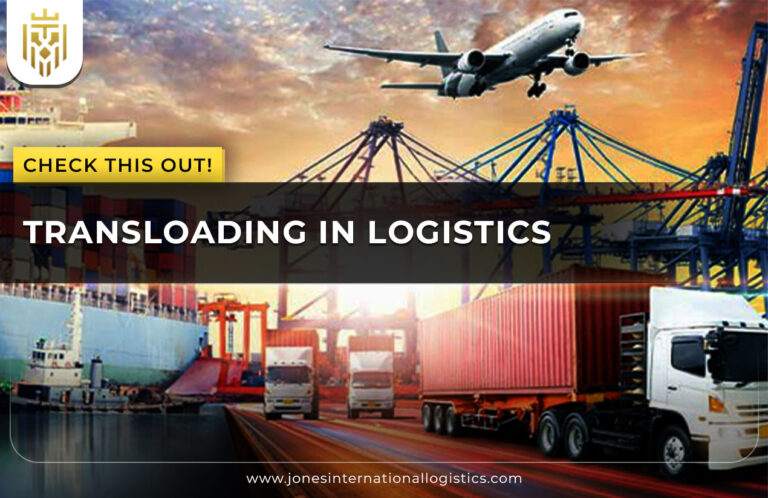What is Cold Chain?
A cold chain is a temperature-regulated supply chain that aims at maintaining specific cold chain temperatures of perishable products such as food and pharmaceuticals. This maintains the efficacy and safety of temperature sensitive products and maintains quality and integrity of the products during storage, transportation and delivery processes.
Why Cold Chain Matters?
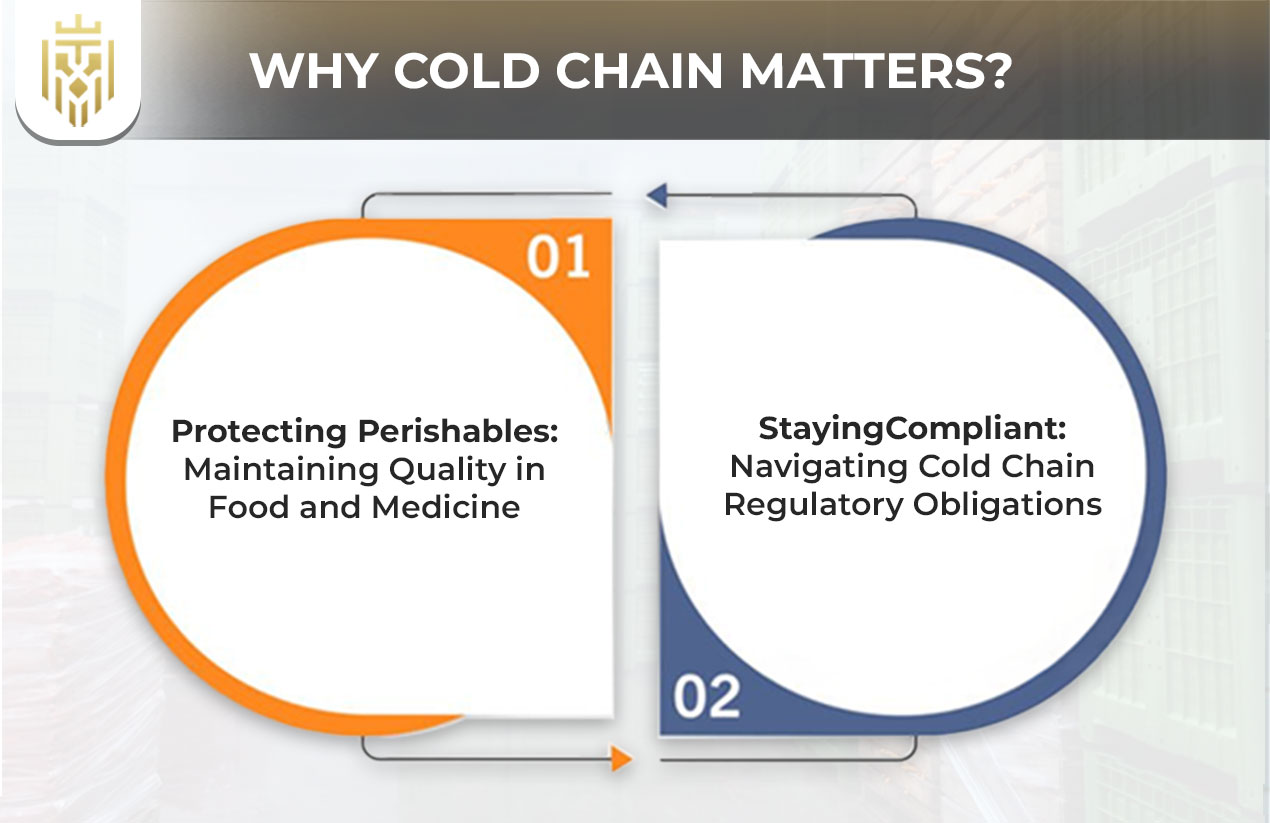
The cold chain is vital to keep the cold chain temperature uniform and to preserve perishable products and temperature sensitive products. It avoids spoilage, securities, preserves product performance, and enhances robustness of the temperature controlled supply chain at both ends to delivery point.
Protecting Perishables: Maintaining Quality in Food and Medicine
In cold chain shipping, the appropriate cold chain temperature scale delays spoilage of perishable items such as meat, seafood, and dairy products. In the case of pharmaceuticals, which are temperature sensitive, any variation in temperature controlled storage can decrease efficacy and jeopardize patient safety, making the system crucial.
Staying Compliant: Navigating Cold Chain Regulatory Obligations
The regulation in cold chain logistics dilemma can only be passed through maintaining a cold chain temperature control of temperature sensitive and perishable commodities. To avoid health risks, product deterioration and to maintain temperature controlled systems to work with regulatory and responsibility, regulatory agencies demand strict standards to be followed in the entire supply chain.
Elements of Cold Chain Logistics

The elements of cold chain logistics are temperature controlled storage, climate-controlled transportation, real time monitor, quality control measures, and compliance with the regulations. These provide cold chain temperature integrity on sensitive goods along the whole supply chain.
Chilled Storage Facilities: Preserving Products at Optimal Temperatures
Cold chain logistics is based on the usage of chilled storage which is capable of maintaining accurate cold chain temperature of sensitive products. Such temperature controlled environments help to avoid spoilage of perishable goods to guarantee quality and extend the shelf life of products at different stages of the supply chain.
Climate-Controlled Transport: Delivering Goods Without Compromise
Cold chain logistics is the aspect of transportation of perishable items under temperature control conditions. From storage to Delivery, maintaining cold chain temperature throughout the supply chain is essential in maintaining the quality of temperature sensitive/sensitive products such as fresh produce, seafood, and pharmaceuticals.
Temperature-Controlled Warehouses
The foundations of the cold chain logistics are temperature controlled warehouses which help to safeguard the temperature sensitive products by maintaining the cold chain temperature conditions. Such facilities deal with perishable items and sensitive items carefully, maintaining each supply chain point to support product safety and effectiveness.
Implementing Stringent Quality Control Protocols
Cold chain logistics processes require effective quality procedures in handling temperature sensitive and perishable products. These involve round-the-clock monitoring, temperature regulated storage and extreme procedures along the supply chain, which protect sensitive products and guarantees safety and regulatory restrictions.
Adhering to Relevant Regulations and Standards
The cold chain logistics are required to operate according to the national and international standards so that the temperature sensitive and sensitive goods are safe. The compliance with the temperature controlled measures and cold chain temperature requirements along the supply chain can assist in avoiding the spoilage of the product and securing the health of the population.
Major Stakeholders in Cold Chain Operations
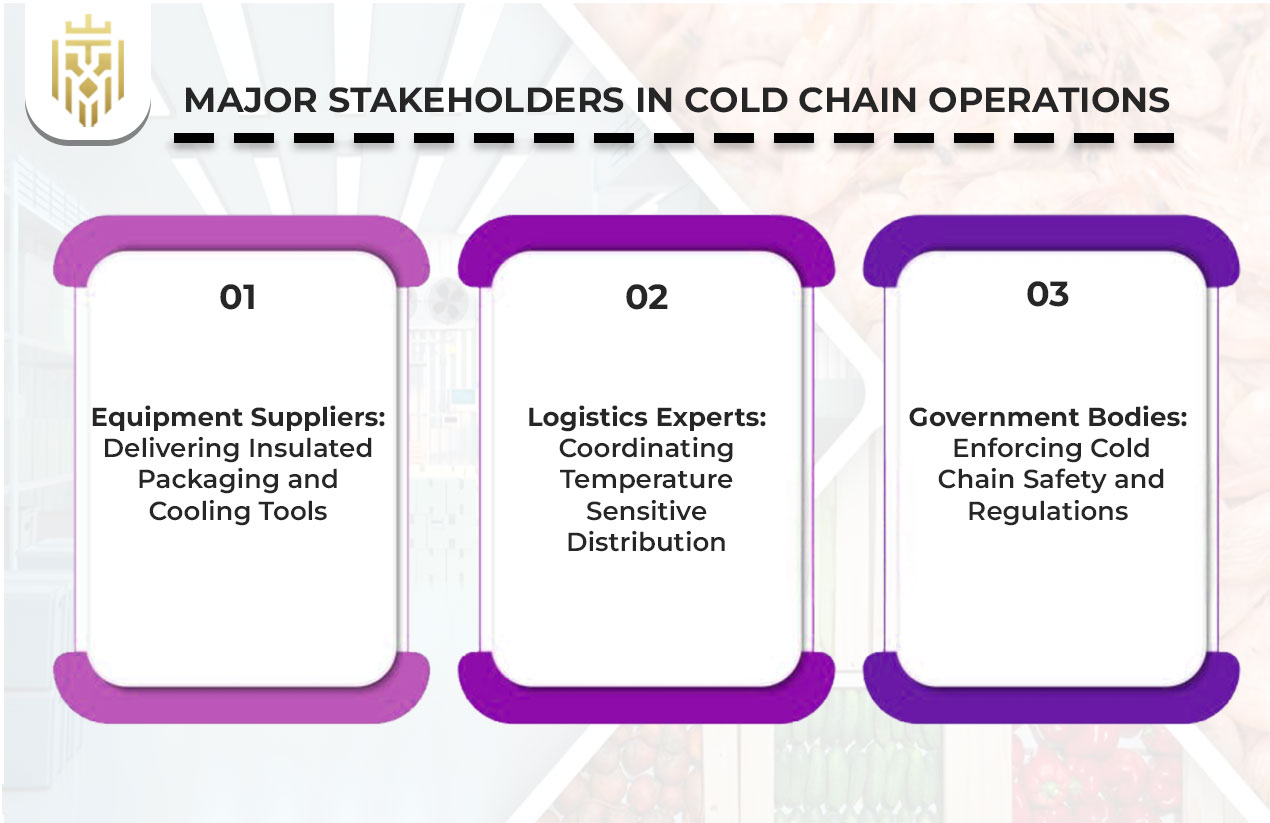
The important stakeholders in cold chain logistics are equipment providers, logistic specialists and government bodies. They guarantee temperature control systems, control standards, and safeguard temperature sensitive and sensitive products along the supply chain, which promote the quality and safety of products.
Equipment Suppliers: Delivering Insulated Packaging and Cooling Tools
Cold chain logistics suppliers of equipment offer important equipment to maintain temperature sensitive and perishable products. Their technologies such as temperature controlled containers, real-time sensors ensure that the cold chain temperature is maintained and help to keep the sensitive goods safe during their journey through the supply chain, ensuring safe delivery.
Logistics Experts: Coordinating Temperature-Sensitive Distribution
Cold chain logistics involves orchestration by logistics professionals of transport, storage and delivery of temperature sensitive and perishable products. Their coordination through the temperature controlled supply chain results in cold chain temperature stability which is fundamental in ensuring that the sensitive goods are not spoilt due to changes in temperature.
Government Bodies: Enforcing Cold Chain Safety and Regulations
Cold chain logistics are regulated by government agencies to ensure that temperature sensitive perishable goods conform to public safety requirements. They implement cold chains temperature regulations throughout the supply chain, encouraged building of infrastructure relating to temperature controlled environments which protect the sensitive products and facilitate compliance.
Key Challenges and Strategic Insights
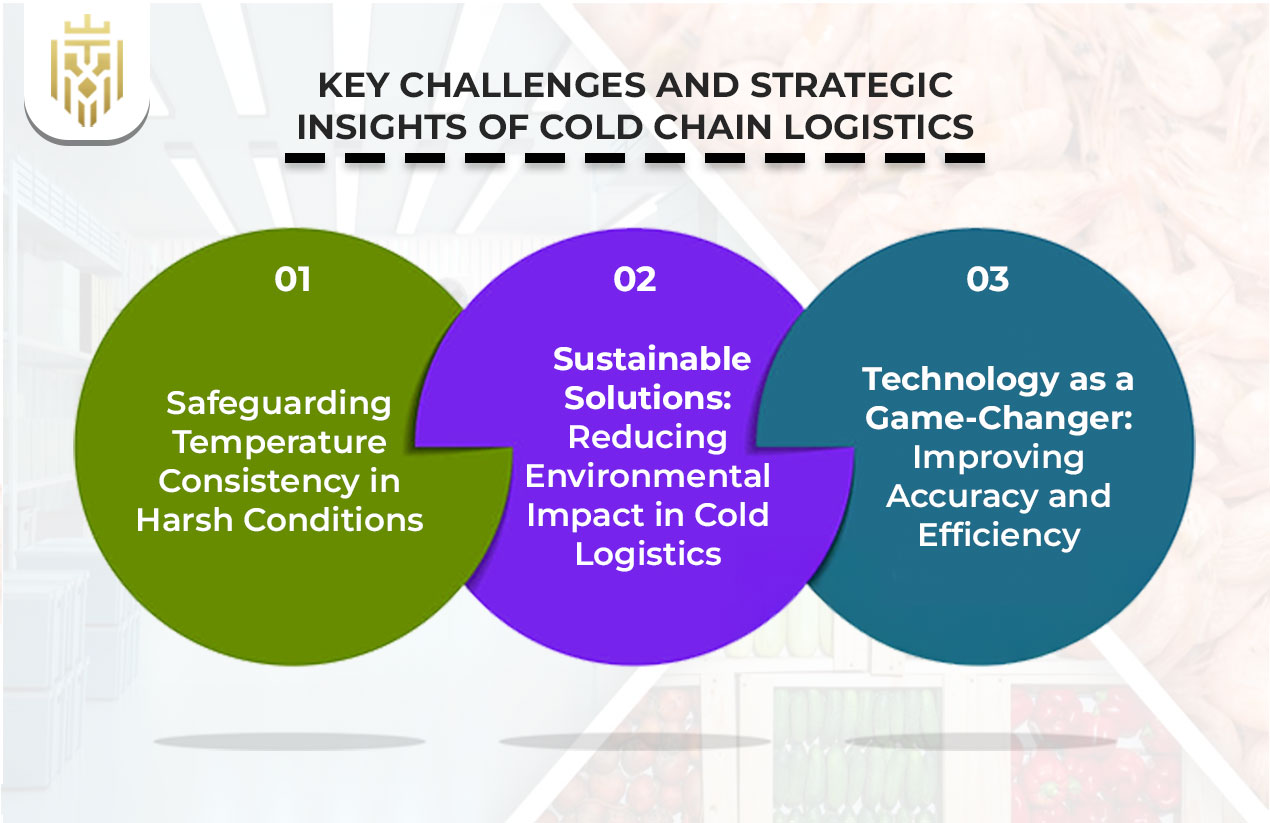
The issues of cold chain logistics are the difficulty in sustaining the cold chain temperature in extreme circumstances, equipment malfunction, as well as infrastructural gaps. Some strategic solutions include real time monitoring, training, temperature controlled systems and sustainability in the protection of temperature sensitive and perishable products.
Safeguarding Temperature Consistency in Harsh Conditions
Cold chain logistics is put to test under harsh environments, which threaten the stability of the cold chain temperature. The use of strategic planning, sound temperature controlled infrastructure, and employee training are essential to safeguard perishable goods and sensitive goods at all points in the supply chain in assuring quality and compliance.
Sustainable Solutions: Reducing Environmental Impact in Cold Logistics
Eco- cold chain logistics incorporates energy efficient cooling and green package to minimize the impact on the environment. The ability to sustain cold chain temperature on perishable goods and sensitive goods through the use of temperature controlled systems sustainably improves the efficiency of the supply chain and environmental responsibility.
Technology as a Game-Changer: Improving Accuracy and Efficiency
Technology is transforming the cold chain logistics through enhanced tracking and automation of the cold chain temperature control. Real-time systems maintain temperature sensitive and sensitive products safe, and increase temperature controlled accuracy and supply chain operational efficiency.
FAQs
1) What is a cold chain in logistics?
A cold chain is a temperature-regulated supply chain that aims at maintaining specific cold chain temperatures of perishable products such as food and pharmaceuticals. This maintains the efficacy and safety of temperature sensitive products and maintains quality and integrity of the products during storage, transportation and delivery processes.
2) What are the main types of cold chains?
Cold chain logistics entails frozen, chilled and ambient temperature controlled systems. They support various temperature sensitive products such as perishable items, pharmaceuticals, as well as sensitive products, maintaining consistency throughout the supply chain as they store and transfer them.
3) Why is maintaining the cold chain essential?
The cold chain is vital to keep the cold chain temperature uniform and to preserve perishable products and temperature sensitive products. It avoids spoilage, securities, preserves product performance, and enhances robustness of the temperature controlled supply chain at both ends to delivery point.
4) What are the elements of Cold chain Logistics?
The elements of cold chain logistics are temperature controlled storage, climate-controlled transportation, real time monitor, quality control measures, and compliance with the regulations. These provide cold chain temperature integrity on sensitive goods along the whole supply chain.

